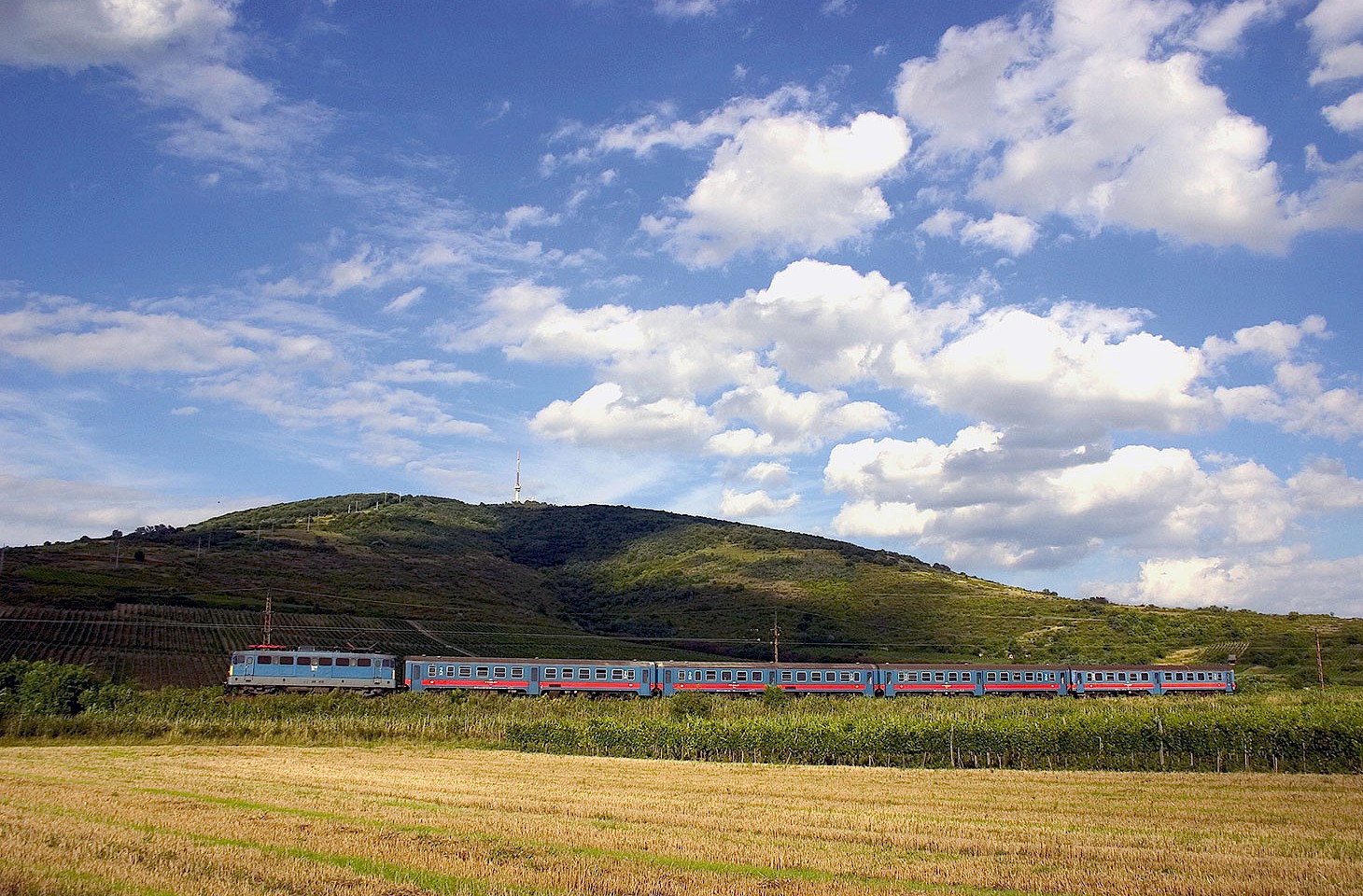Some of Europe's most extraordinary roads were constructed as military or political adventures. The twisting road that climbs up from Dublin's southern suburbs into the burnt brown peat of the Wicklow Hills is part of a military road constructed by the British over two hundred years ago to bring a touch of law and order to wayward rebels in the hills. Similarly, in the first half of the eighteenth century, General George Wade had constructed some magnificent mountain roads in Scotland, again more with dominion than communication in mind. As he put it in his 1724 report to King George I, a few decent highways through the glens and over the hills would allow the sovereign to keep in check the aberrant behaviour of a folk whose "notions of virtue and vice are very different from the more civilised part of mankind."
Much more recently, the Transfagarasan Highway, constructed in Ceauescu's Romania in the 1970s, was more about politics than straightforward communication. And around the fringes of the former Soviet Union, there are no end of specially constructed roads that tell a tale of relations between the distant capital and far flung parts of an empire. Guest contributor, Laurence Mitchell, has been exploring a classic of its kind, the Georgian Military Highway.
There is always something intriguing about roads that cross mountain ranges, especially when they connect disparate regions of far-reaching territories like the former Soviet Union. The Georgian Military Highway (Voyenno-Gruzinskaya doroga in Russian) is such a road: a pot-holed highway that connects Tbilisi, the Georgian capital, with Vladikavkaz in the Russian Federation territory of North Ossetia on the other side of the Caucasus. The route is much older than its name might suggest as, although the current road dates from the early nineteenth century when it was constructed by the Russians in an attempt to control troublesome mountain tribes, the same route has existed for very much longer as a trade link across the barren Caucasus mountains, a range that boasts several peaks in excess of five thousand metres.
Perhaps because it provides access to a region that has long been considered wild and lawless, the highway has always had romantic connotations in both the Russian and Georgian imagination; Pushkin was an early traveller here, following the highway south in 1829. The landscape - formidable mountains, great defiles of gorges and isolated valleys - inspired Tolstoy, Dumas and Gorky to feature it in their writings. The great Russian Romantic writer, Mikhail Lermontov, set his series of interlinked short stories, A Hero of Our Time, around the Georgian Military Highway. And for Georgians too, there is something of the national psyche that takes succour from these mountains. One of the father figures of Georgian nationalism, Ilia Chavchavadze, now a saint canonised by the Georgian Orthodox Church, celebrated the savage freedom of the region in his patriotic manifesto, Letters of a Traveller (1861-1871). For Chavchavadze, as for generations of his countrymen ever since, there was something about these clefts and peaks which is intimately bound up with the whole business of being Georgian.




